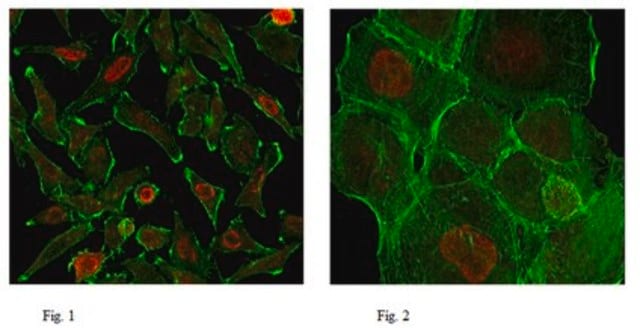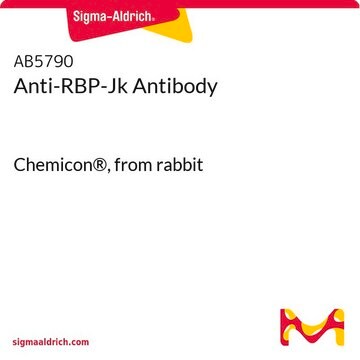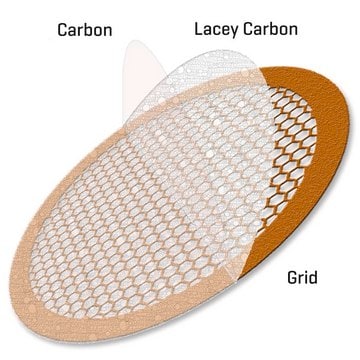05-623-AF488
Anti-RNA polymerase II Antibody, clone CTD4H8, Alexa Fluor™ 488 Conjugate
clone CTD4H8, from mouse, ALEXA FLUOR™ 488
Synonym(e):
DNA-directed RNA polymerase II subunit RPB1, RNA polymerase II subunit B1, DNA-directed RNA polymerase II subunit A, DNA-directed RNA polymerase III largest subunit, RNA-directed RNA polymerase II subunit RPB1, RNA polymerase II
About This Item
Empfohlene Produkte
Biologische Quelle
mouse
Qualitätsniveau
Konjugat
ALEXA FLUOR™ 488
Antikörperform
purified antibody
Antikörper-Produkttyp
primary antibodies
Klon
CTD4H8, monoclonal
Speziesreaktivität
human, mouse
Speziesreaktivität (Voraussage durch Homologie)
yeast (based on 100% sequence homology), rat (based on 100% sequence homology)
Methode(n)
immunocytochemistry: suitable
Isotyp
IgG1
NCBI-Hinterlegungsnummer
UniProt-Hinterlegungsnummer
Versandbedingung
wet ice
Posttranslationale Modifikation Target
unmodified
Angaben zum Gen
human ... POLR2A(5430)
mouse ... Polr2A(20020)
rat ... Polr2A(363633)
Allgemeine Beschreibung
Anwendung
The unconjugated antibody (Cat. No. 05-623 & 05-623-Z) is shown to be suitable also for Western blotting, chromatin IP, ChIP-seq, and immunocytochemistry.
Qualität
Immunocytochemistry Analysis: A 1:100 dilution of this antibody detected RNA polymerase II in A431 cells.
Zielbeschreibung
Sonstige Hinweise
Rechtliche Hinweise
Not finding the right product?
Try our Produkt-Auswahlhilfe.
Lagerklassenschlüssel
12 - Non Combustible Liquids
WGK
WGK 2
Flammpunkt (°F)
Not applicable
Flammpunkt (°C)
Not applicable
Analysenzertifikate (COA)
Suchen Sie nach Analysenzertifikate (COA), indem Sie die Lot-/Chargennummer des Produkts eingeben. Lot- und Chargennummern sind auf dem Produktetikett hinter den Wörtern ‘Lot’ oder ‘Batch’ (Lot oder Charge) zu finden.
Besitzen Sie dieses Produkt bereits?
In der Dokumentenbibliothek finden Sie die Dokumentation zu den Produkten, die Sie kürzlich erworben haben.
Unser Team von Wissenschaftlern verfügt über Erfahrung in allen Forschungsbereichen einschließlich Life Science, Materialwissenschaften, chemischer Synthese, Chromatographie, Analytik und vielen mehr..
Setzen Sie sich mit dem technischen Dienst in Verbindung.








